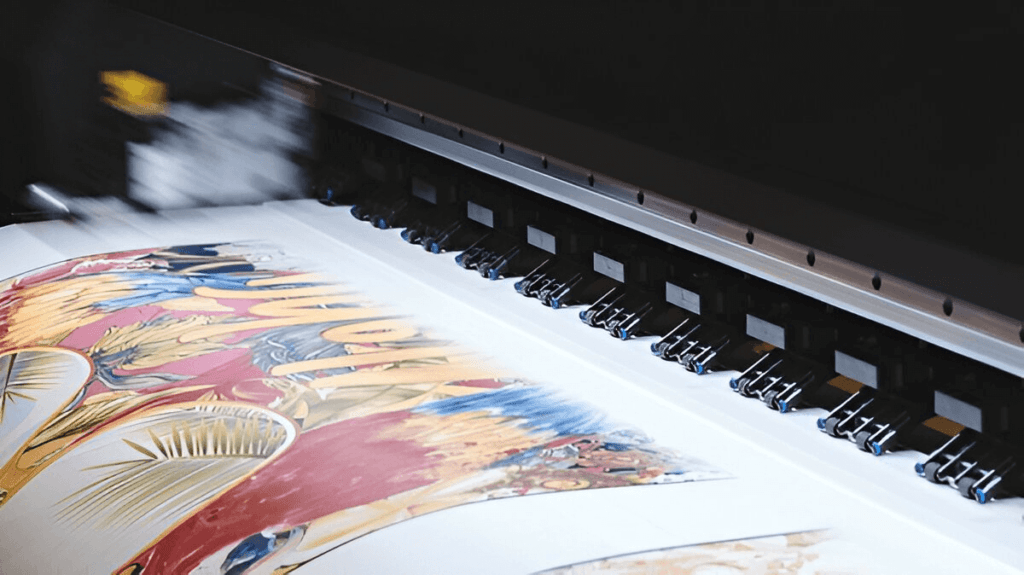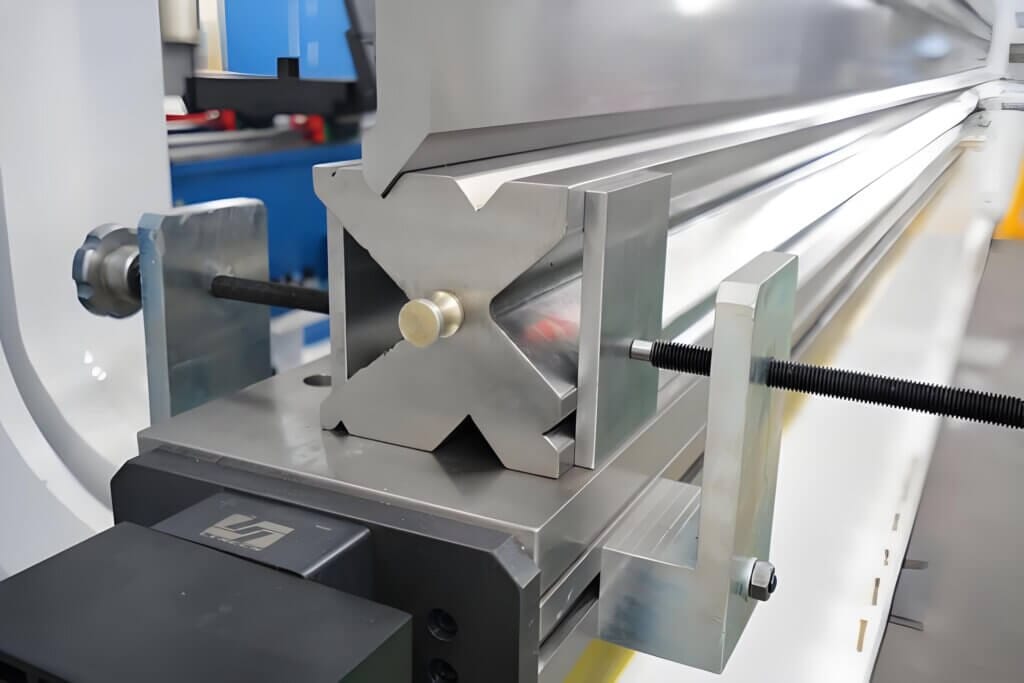Introduction
The industrial blade market is experiencing significant growth, driven by advancements in technology and increasing demand across various sectors. These developments are enhancing efficiency and precision in manufacturing processes.

Market Growth and Demand
The global industrial blade market is projected to reach USD 22.2 billion by 2033, with a compound annual growth rate (CAGR) of 3.33% from 2025 to 2033.
IMARC This growth is attributed to the expanding construction and infrastructure development, increasing automation in woodworking and furniture making, and advancements in material technology.
Technological Innovations
- Material Advancements: The development of advanced composite materials with superior strength and heat tolerance is propelling the market. IMARC
- Design Improvements: Innovations in blade design are enhancing cutting efficiency and precision, meeting the evolving demands of various industries.
Understanding Blade Cast: Applications, Benefits, and Industry Trends
Industry Challenges
- Supply Chain Issues: The industry faces challenges related to the availability and cost of raw materials, impacting production timelines and costs.
- Environmental Considerations: There is a growing emphasis on sustainable manufacturing practices to reduce environmental impact.
Future Outlook
The industrial blade market is expected to continue its upward trajectory, with emerging technologies and increasing demand across sectors such as construction, woodworking, and metalworking. Manufacturers are focusing on innovation to meet the evolving needs of the market.
In conclusion, the industrial blade industry is poised for significant growth, driven by technological advancements and increasing demand across various sectors. Addressing current challenges and embracing innovation will be key to sustaining this growth.
References:
Recent Developments in Industrial Blade Manufacturing
Russia’s Rosatom launches wind turbine blade factory replacing Vestas plant






